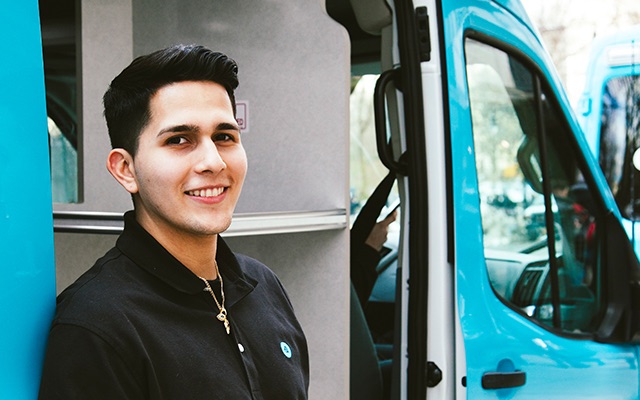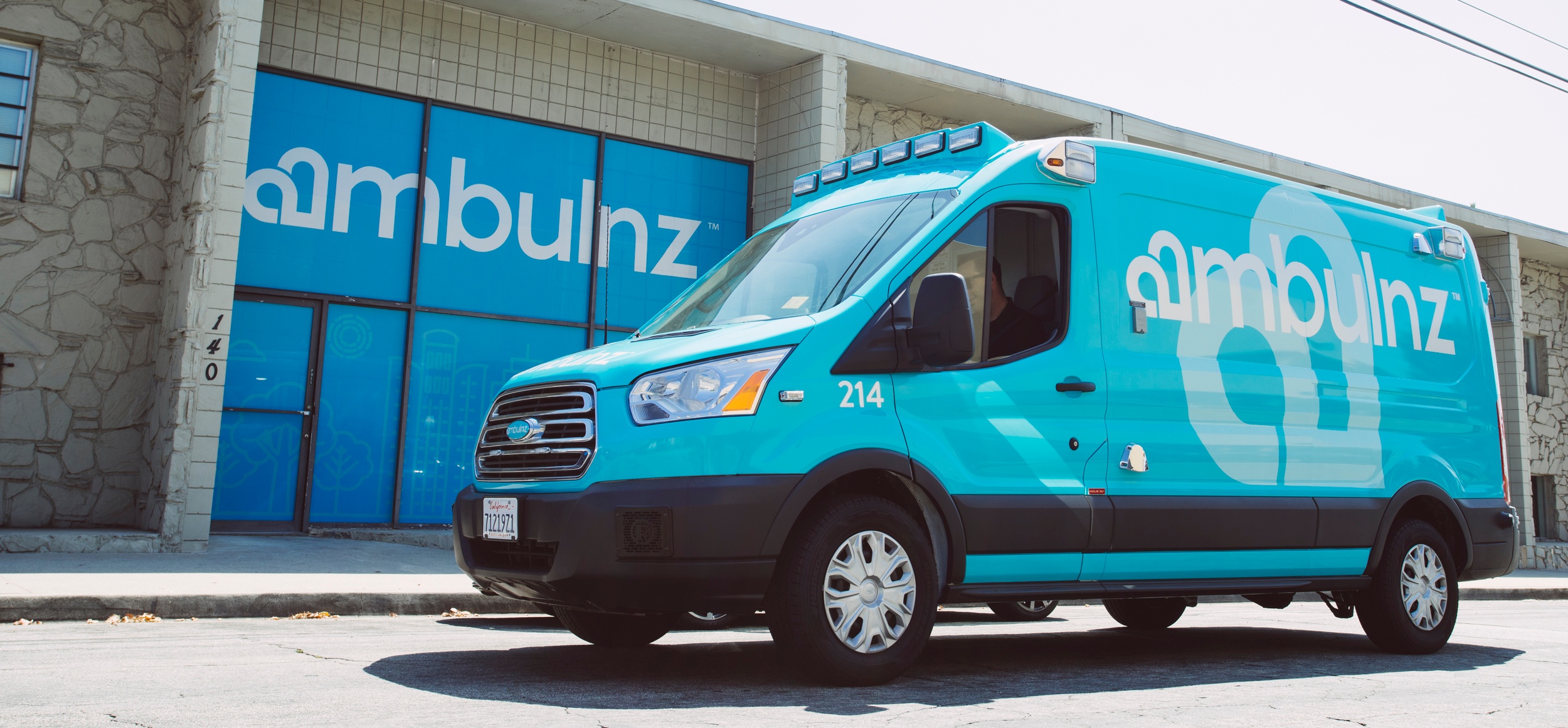Most people agree that the US healthcare industry is complicated. Probably unnecessarily so. From the expanding elderly population to the rollout of the Affordable Care Act; the expectations and demands have never been higher, while the pressure to reduce costs have increased. What you may not realize is how much these factors affect the medical transportation industry. And our industry, like most, has those who are stuck in their ways: “It’s how I’ve always done things.” and “Some app can’t tell me how to do my job.” and “My grandfather used this same exact rig.” But while some see these changes and hide, we see ‘em as opportunities.
Baby Boomers, the second largest generation behind Millennials, are rapidly nearing retirement age. According to the US Census, between 2010 and 2050, the United States population ages 65 and older will nearly double. This will have a huge impact on the medical transportation industry since you may have noticed grandma and grandpa aren’t as spry as they used to be.
Another factor to consider with an aging population is the increased likeliness of people living with one or more chronic conditions. Currently there are more than 125 million Americans living with chronic conditions, like cardiac disease and diabetes. These conditions add up to an incredible 75 percent of total healthcare spending in the US. On average, these often require frequent hospital visits and medical specialists—increasing the demand for transportation.
“For nearly 3.6 million Americans there’s still a barrier to receiving the care they need: transportation.”
The Affordable Care Act helped provide health insurance to an estimated 35 million people, some for the first time. Even if only a fraction of these people require transportation, they still represent a large influx of new patients. But according to the National Academy of Sciences, for nearly 3.6 million Americans there’s still a barrier to receiving the care they need: transportation. This disproportionately affects the elderly, poor, and mobility-impaired.
One way the healthcare industry and programs like Medicare are looking to reduce costs is by asking questions like: is it medically necessary to be transported in an ambulance for a case of the sniffles? This has allowed non-emergency medical transportation (NEMT) industry, which typically has been looked down on, to step up and provide the same level of care, at a fraction of the cost. Tissues are another story.
Let’s say, you have coverage through ABC Insurance, whose network includes the St. Healthy Hospital. If you, say, actually break a leg during the premiere of your one person show, 911 emergency medical transportation (EMTs) are required to take you to the closest hospital for care, which happens to be an out of network facility: City Hospital. They will work to stabilize you while professionally not mentioning the irony, then give your insurer two to three hours to transfer you to an in-network facility.
This is just one of the opportunities non-emergency medical transportation can step in. Transportation in a traditional EMT, even for that broken leg, could cost upwards of $1,000. But, using an approved NEMT typically costs around $250.
The increased access to healthcare has allowed millions of people to get the help they need, but it also placed increased strain on the traditional EMT industry. Patients are facing increasingly higher copays for these services, while businesses are struggling due to the simple fact that they can’t ask “cash or credit” before taking you to the hospital.
Looking at all these factors, it may be hard to see the future for medical transportation. While much of the industry struggles with these disruptions, we believe by utilizing new technologies, the medical transportation industry can not only survive, but thrive. All while providing exceptional care.






